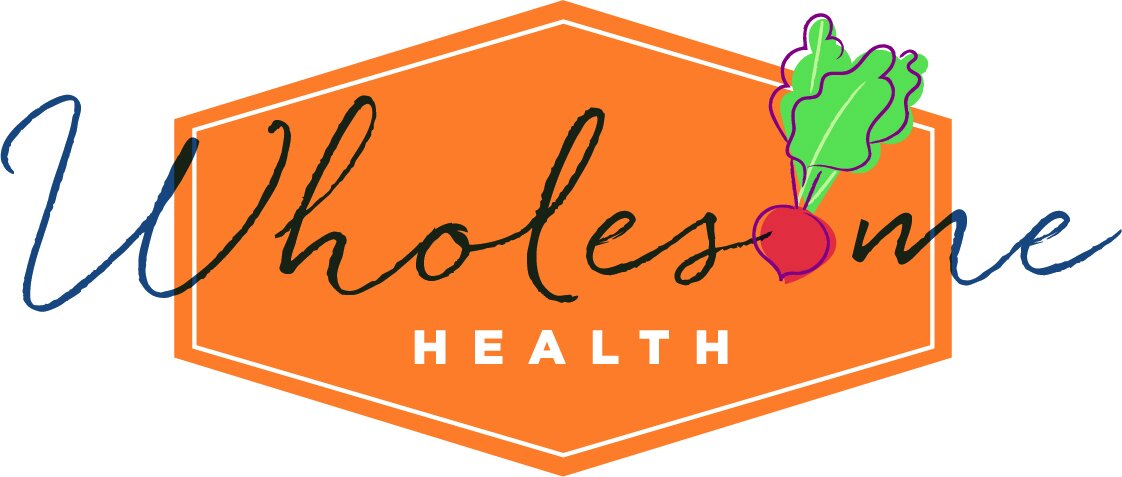Introducing Iron-Rich Foods to Your Baby or Toddler
Babies are born with enough iron stored in their bodies to last until they’re about 6 months of age. Once they turn 6 months old, they’ll need to start eating food sources of iron to make sure they don’t develop an iron deficiency. In today’s post, I’ll discuss why iron is important, what happens if your baby or toddler develops a deficiency, and the best food sources of iron for your growing little one.
What is iron?
Iron is an important mineral that helps red blood cells carry oxygen from the lungs throughout the body. Iron also supports healthy brain development and growth so infants and toddlers must consume enough of it. Babies and toddlers grow quickly so they use more iron and thus need more of it in their diets. Preterm babies may need even more iron, so be sure to talk with your child’s pediatrician to see if they recommend additional iron.
Iron deficiency anemia
Iron deficiency anemia, or just anemia, is when the body doesn’t get enough iron, leading to not enough red blood cells to transport iron throughout the body. Anemia can cause delayed psychological development and social withdrawal and may impact the ability to pay attention.
The most common cause of anemia is not eating enough iron-containing foods. Anemia can also develop when babies younger than 12 months drink cow’s milk instead of breast milk or formula. This is because the calcium in cow’s milk prevents the body from absorbing iron and because cow’s milk can cause the intestines to lose small amounts of blood.
Symptoms
Babies or toddlers with mild anemia may not show any symptoms, but if symptoms do develop they may cause:
Irritability
Shortness of breath
Cravings for unusual foods (pica)
Low appetite
Weakness or fatigue
Headaches or dizziness
Best sources of iron
Iron is present in many animal- and plant-based foods:
Meat and poultry
Fish
Beans and peas
Eggs
Iron-fortified grains - oatmeal, cereal, bread, pasta, etc.
Nuts and nut butter
Some dried fruit - raisins, prunes, and apricots
Leafy greens - spinach and kale
Iron-fortified formula also provides iron to babies under 1 year of age. Breast milk is very low in iron, however, so food sources of iron should be included regularly starting around 6 months of age. Talk with your child’s pediatrician if you have questions about iron supplementation.
If you’re wondering how to serve the above foods to your baby or toddler, try:
Shredded meat, fish, or poultry
Mashed beans
Scrambled eggs cooked with spinach
Peanut butter mixed into iron-fortified oatmeal (made with breast milk, formula, or water)
Whole grain toast topped with hummus, peanut butter, or avocado
Considerations
There are 2 types of iron, heme and non-heme. Heme iron is found in animal products and is better absorbed than non-heme iron which is found in plant sources. It’s best to give your baby or toddler a mix of heme and non-heme iron sources.
Additionally, pairing foods containing iron with vitamin C can increase the absorption of iron. Some foods high in vitamin C include:
Apricots
Bell pepper
Broccoli
Cabbage
Cauliflower
Honeydew
Oranges
Potatoes
Spinach
Strawberries
Tomatoes
On the other hand, calcium can prevent iron absorption, so avoid serving yogurt, cheese, or cow’s milk with high-iron foods.
As you can see, making sure your baby or toddler is getting enough iron is important for their development. Anemia can be prevented by offering iron-rich foods starting around 6 months of age. Pair iron-rich foods with foods high in vitamin C for even better absorption. If you’d like help making sure your baby or toddler is getting enough iron, schedule an appointment with a registered dietitian today!



